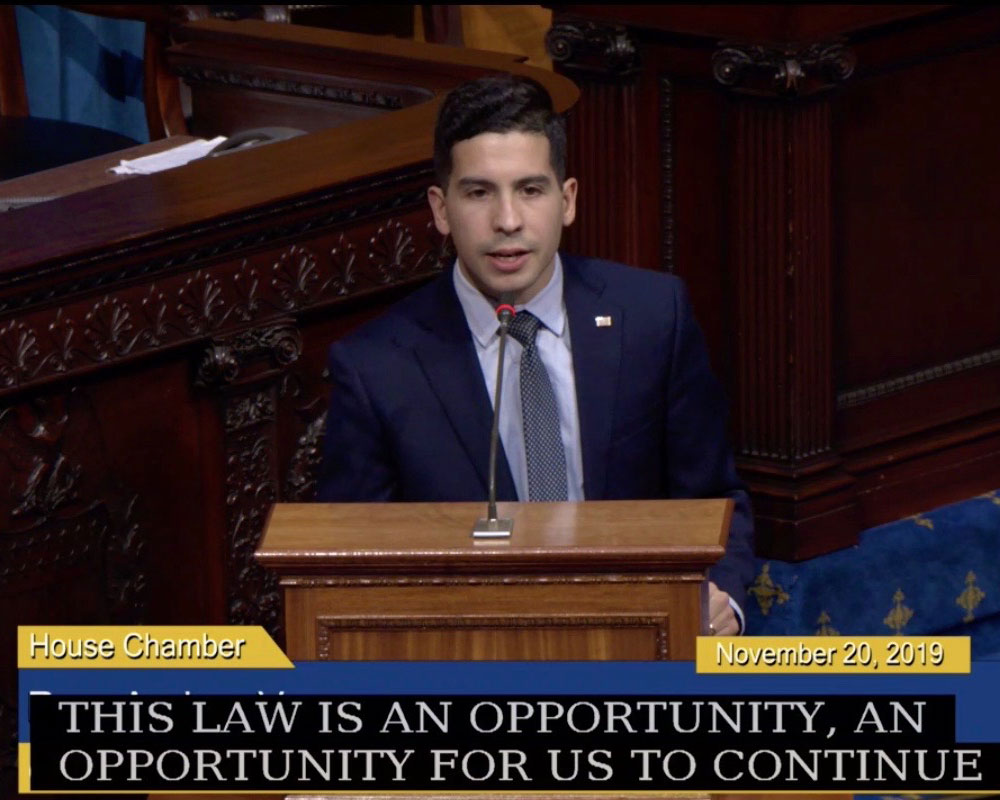A bill, requiring all public schools with 60 percent or more low-income student to offer breakfast after the school day starts, has passed both houses of the legislature and is before Gov. Charlie Baker.
Haverhill Rep. Andy X. Vargas championed the bill, which provides meals at students’ desks.
“Pre-pandemic, this bill made a lot of sense,” Vargas said. “In many ways, Breakfast After the Bell makes even more sense now. There are more families and students in need. School districts must limit cafeteria use to prevent the virus from spreading. Districts are also short on funding.”
Haverhill began offering free Breakfast After the Bell to all students last fall.
Legislative leaders also praised passage of the bill. Senate President Karen E. Spilka said, “Research shows that students who eat a healthy breakfast get better grades, go to the nurse less frequently, and miss fewer days of school.” House Speaker Robert A. DeLeo said, “Children who have access to breakfast at school are healthier, happier, and perform better in the classroom.” DeLeo added the bill also removes any potential stigma for students by making free breakfast a shared classroom activity.
Massachusetts already requires all schools with high percentages of students from low-income families to provide breakfast to every eligible student. However, officials said, because breakfast is typically offered before the bell and in the cafeteria, participation levels are low—less than 40 percent—compared to 80-90 percent participation for free and reduced lunch. Moving breakfast from before the bell to after the bell is a proven strategy to boost breakfast participation and ensure that all students have the nutrition they need to start their day ready to learn
The legislation would require schools to offer breakfast after the start of the instructional day through a variety of delivery models, including breakfast in the classroom, grab-and-go and second-chance breakfast. School districts may decide which model best fits their students’ needs.
